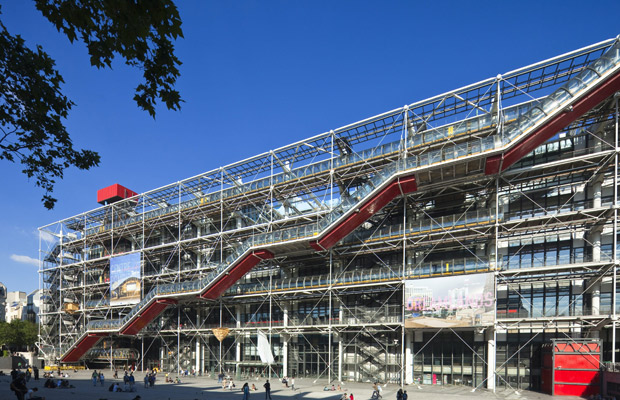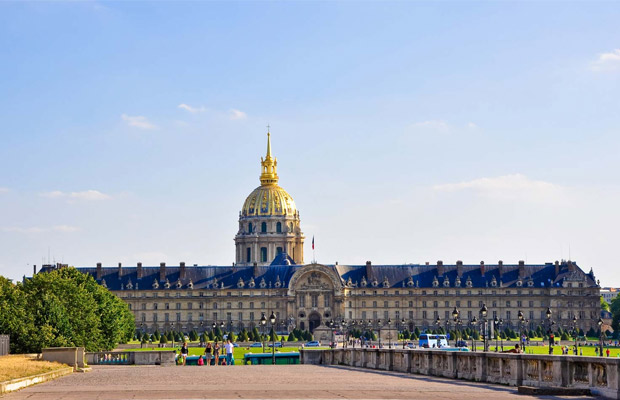Champ de Mars
Champ de Mars
France
Paris
Paris Travel Guide
Book Tour & Activities
Your tour in Paris.
Book your stay
Your hotel in Paris.
Overview
The Champ de Mars is a large public greenspace in Paris, France, located in the seventh arrondissement, between the Eiffel Tower to the northwest and the École Militaire to the southeast.
The Champ de Mars is a large public greenspace in Paris, France, located in the seventh arrondissement, between the Eiffel Tower to the northwest and the École Militaire to the southeast. The park is named after the Campus Martius in Rome, a tribute to the Roman God of war. The name alludes to the fact that the lawns here were formerly used as drilling and marching grounds by the French military. The nearest Métro stations are La Motte-Picquet–Grenelle, École Militaire, and Champ de Mars-Tour Eiffel, an RER suburban-commuter-railway station. A disused station, Champ de Mars, is also nearby.
History
Originally, the Champ de Mars was part of a large flat open area called Grenelle, which was reserved for market gardening. Citizens would claim small plots and exploit them by growing fruits, vegetables, and flowers for the local market. However, the plain of Grenelle was not an especially fertile place for farming.
The construction, in 1765, of the École Militaire designed by Ange-Jacques Gabriel, was the first step toward the Champ de Mars in its present form. Grounds for military drills were originally planned for an area south of the school, the current location of the place de Fontenoy. The choice to build an esplanade to the north of the school led to the erection of the noble facade which today encloses the Champ de Mars. The planners leveled the ground, surrounded it with a large ditch and a long avenue of elms, and, as a final touch, the esplanade was enclosed by a fine grille-work fence.
The Isle of Swans, formerly a riverine islet at the location of the northeastern foot of the Eiffel Tower, was, for the sake of symmetry and pleasing perspectives, attached to the shore. (Note that the Isle of Swans discussed here should not be confused with the Isle of Swans that sits in the middle of the Seine downstream and around the next bend in the river, between the fifteenth and sixteenth arrondissements.)
Jacques Charles and the Robert brothers launched the world's first hydrogen-filled balloon from the Champ-de-Mars on 27 August 1783.
This place witnessed the spectacle and pageantry of some of the best-remembered festivals of the French Revolution. On 14 July 1790 the first "Federation Day" celebration (fête de la Fédération), now known as Bastille Day, was held on the Champ de Mars, exactly one year after the storming of the prison. The following year, on 17 July 1791, the massacre on the Champ de Mars took place. Jean Sylvain Bailly, the first mayor of Paris, became a victim of his own revolution and was guillotined there on 12 November 1793.
The Champ de Mars was also the site of the Festival of the Supreme Being on 8 June 1794. With a design by the painter Jacques-Louis David, a massive "Altar of the Nation" was built atop an artificial mountain and surmounted by a tree of liberty. The festival is regarded as the most successful of its type in the Revolution. During the Hundred Days a restored Napoleon held the Champ de Mai ceremony, during which he swore to uphold the Charter of 1815, at the Champ de Mars.
The Champ de Mars was the site of Expositions Universelles in 1867, 1878, 1889, 1900, and 1937.
Address: 2 Allée Adrienne Lecouvreur, 75007 Paris, France
Hours: Open now
Video Travel Inspiration
See Champ de Mars on Map
Latest Windows Softwares
International Best-Selling Books
Lastest Mac Softwares
Best Selling Hospitality & Tourism Books
Most Popular Cities

Siem Reap
Cambodia
Ho Chi Minh City
Vietnam
Beijing
China
Paris
France
London
United Kingdom
New York
USA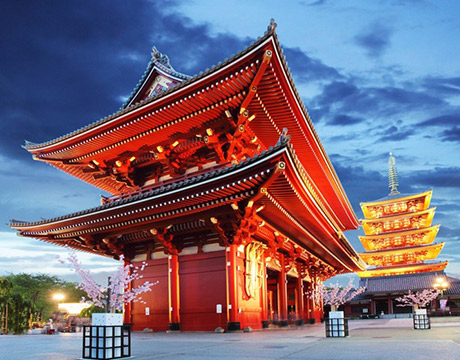
Tokyo
Japan
Bangkok
Thailand
Seoul
South Korea
Vientiane
Laos
Yangon
Myanmar
Washington DC
USA
Los Angeles
USA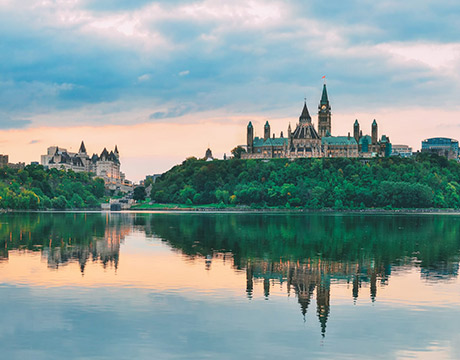
Ottawa
Canada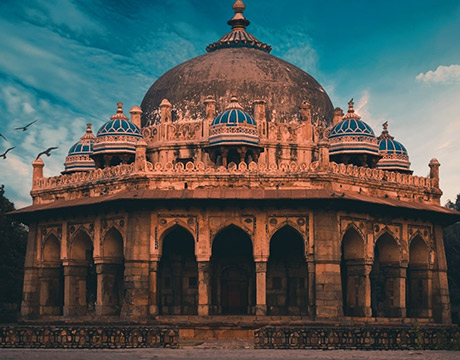
New Delhi
India
Singapore
Singapore
Kuala Lumpur
Malaysia
 English
English French
French Khmer
Khmer Thai
Thai Vietnamese
Vietnamese Chinese
Chinese Korean
Korean German
German Japanese
Japanese Italian
Italian Russian
Russian Spanish
Spanish Dutch
Dutch Indonesian
Indonesian Malay
Malay


